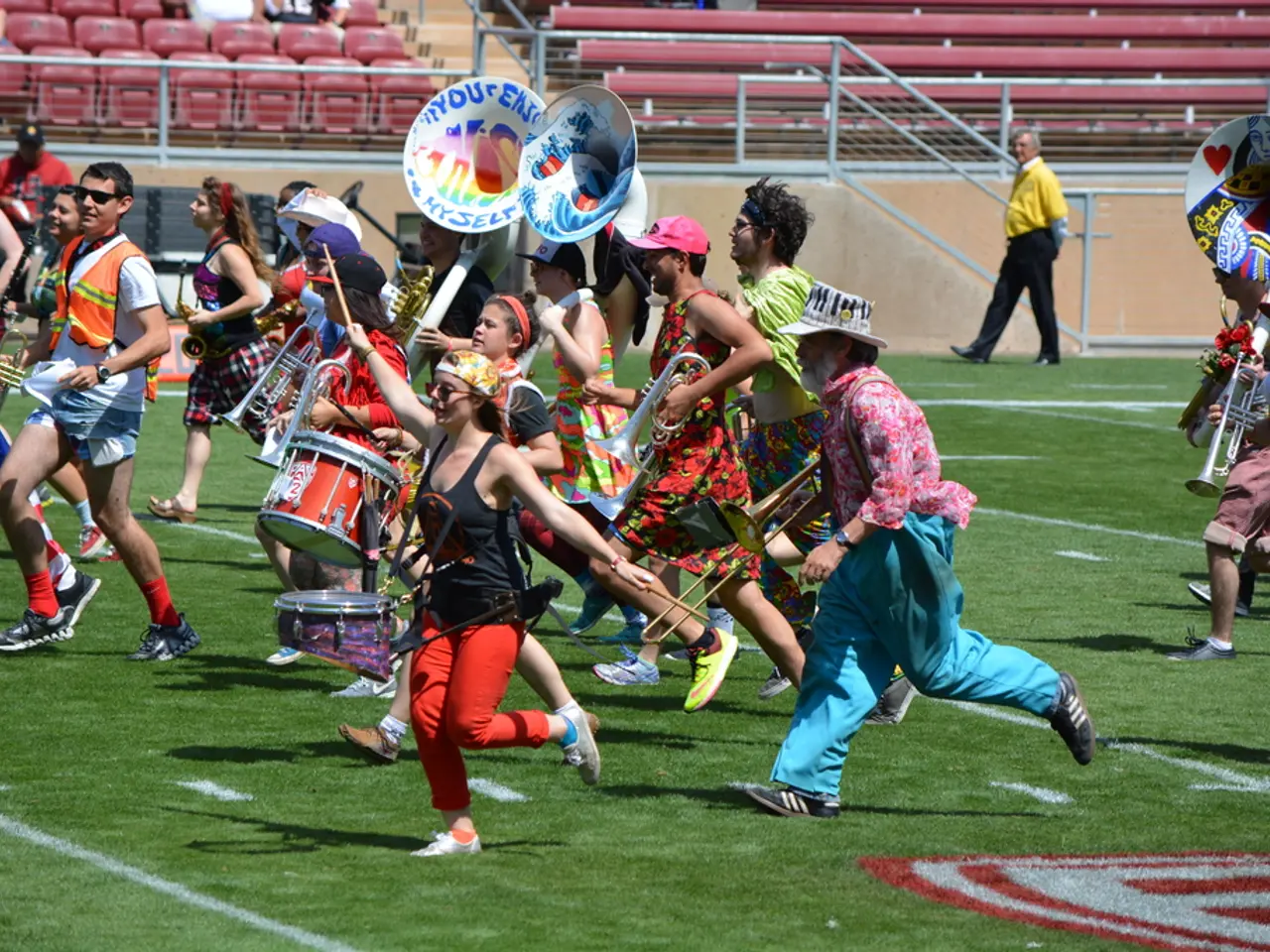Review of Ninja Gaiden: Ragebound: Achieving Tranquility Through Bloodshed
Ninja Gaiden: Ragebound is a 2D action-platforming adventure that harks back to the golden age of gaming, while offering a fresh and engaging experience for modern players. The game combines fast-paced side-scrolling hack-and-slash action with fluid platforming, all presented in a retro pixel-art style.
The core mechanics of the game include the Guillotine Boost, a signature mobility mechanic that allows players to bounce mid-air off enemies, projectiles, or environmental objects to extend air time and reach otherwise inaccessible areas. Mastering this mechanic enables fluid movement and chaining combos in combat and traversal.
Another key feature is the Hypercharged Strike, which players build by defeating enemies with coloured auras or sacrificing some health. When activated, it unleashes powerful melee or ranged attacks that can instantly kill tougher enemies and stagger bosses, essential for maintaining momentum during combat and managing harder foes.
Players can switch between two protagonist ninjas, Kenji and Kumori, each with unique abilities. This feature allows players to leverage different combat styles and acrobatic skills to overcome enemies and platforming challenges.
The levels in Ninja Gaiden: Ragebound are designed with a flow in mind, encouraging a deadly dance through them. Each stage introduces at least one new concept to keep tedium at bay, such as moving between cover during explosions or racing upward to avoid fire.
The challenges in the game include facing varied enemy types that require quick reflexes and strategic use of mechanics, managing limited resources like health when deciding to activate Hypercharged strikes, navigating perilous platforming sections using Guillotine Boosts and character abilities, and confronting tough bosses with large health pools that necessitate precise timing and use of Hypercharge to stagger and defeat them.
Despite its challenges, the game's difficulty is fair, with small but smart tweaks to make it feel fair compared to games from the NES generation. The enemies appear in a way that allows the player to flow through them efficiently, and the game tests the player's ability to recognize patterns and target enemies in the right order to most efficiently get through.
The game's ranking, challenge, and collectible systems serve as a fun incentive to replay stages, but lack meaningful rewards for higher rankings. The gear and subweapons that are unlocked as hidden currencies offer more ways to make the game more difficult, rather than providing significant buffs.
Ninja Gaiden: Ragebound was tested on PC and features unrivaled pixel art and animations. The bosses in the game are perfectly tuned and readable, making for intense and satisfying encounters. There are moments where the player transitions over to Kumori's spirit, and the game shifts to a time-based obstacle course focusing on her ranged moveset.
In conclusion, Ninja Gaiden: Ragebound offers a challenging and engaging experience for players who enjoy fast-paced action and platforming. Despite relying on campy tropes, the game hints at a deeper story, making it an intriguing addition to any gamer's collection.
Technology and gadgets play a significant role in Ninja Gaiden: Ragebound, with features like the Guillotine Boost and Hypercharged Strike enhancing player mobility, combat, and traversal. These technological advancements add an exciting twist to the game's retro pixel-art style, offering a unique blend of modern mechanics and nostalgic aesthetics.




